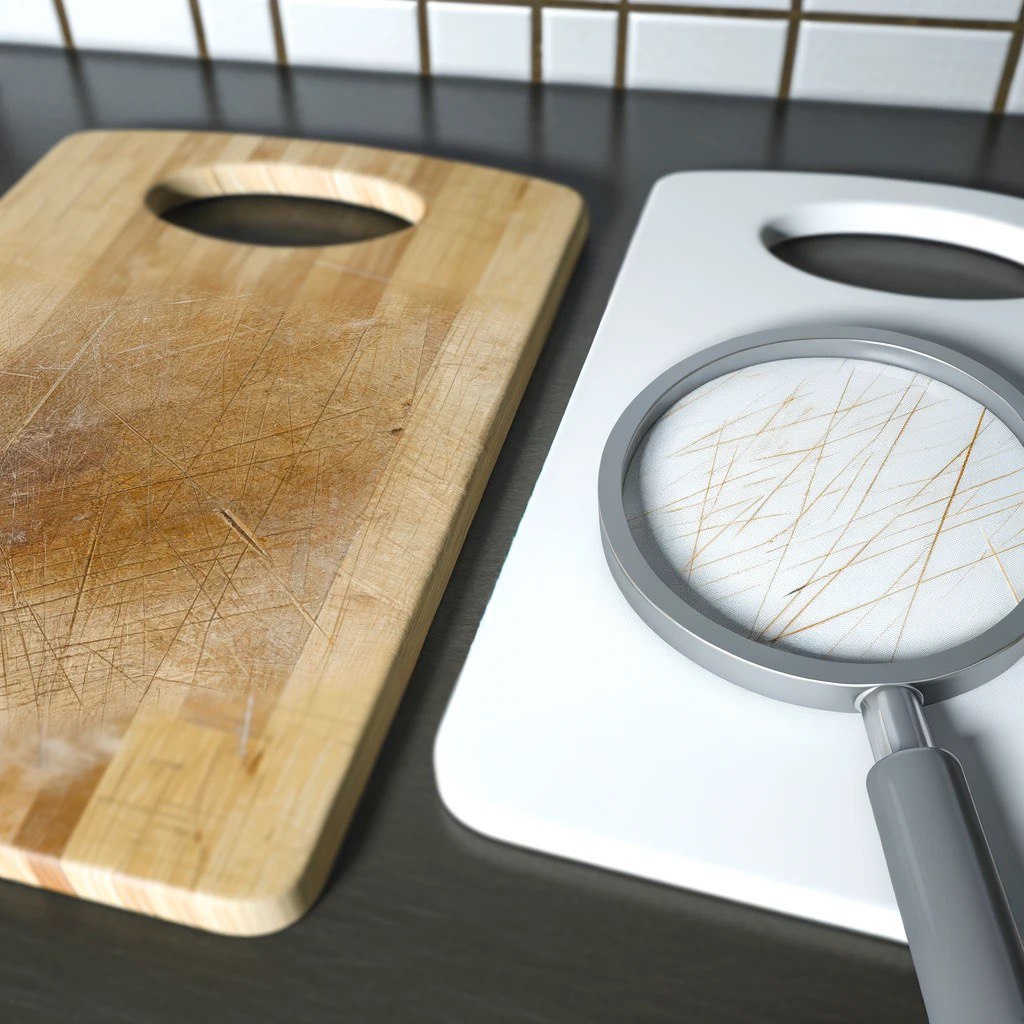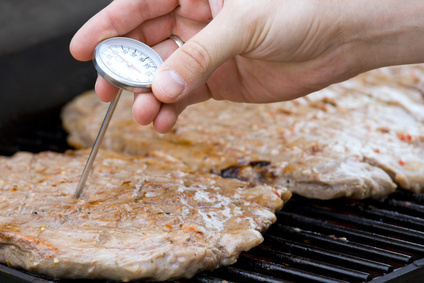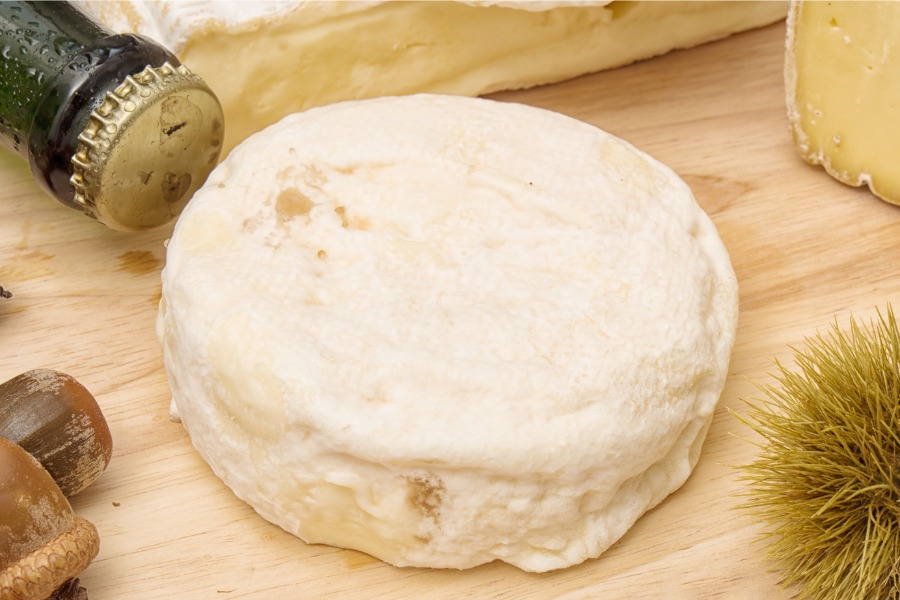
Bacillus cereus is an undemanding soil germ. It is motile, rod-shaped, facultatively anaerobic and can form spores under adverse conditions. In the form of spores, for example, the bacterium survives the cooking process, which is why it cannot be killed by pasteurization.
Bacillus cereus, on the other hand, is sensitive to acids.
It is a food poisoner and is often found in rice. The bacterium is not inhibited by cooking but multiplies afterwards, especially if the rice is kept warm or reheated at below 65°C.
If the bacterial count exceeds 10 million/g, Bacillus cereus forms toxins that lead to food poisoning.
It forms a heat- and acid-insensitive toxin, which leads to nausea and vomiting after approx. 1 to 6 hours, and a heat- and acid-sensitive toxin, which leads to severe diarrhea after approx. 8 to 10 hours, which subsides after approx. 12 to 18 hours.
In addition to rice, transmission can also occur through spices, poorly cleaned, earthy vegetables, dried mushrooms or dust.
Food at risk
- Rice
- Mashed potatoes
- Stuffed pasta
- Heated milk
- Pasta
Important prevention methods
- Correct quick chilling after heating and/or correct keeping warm (at a minimum of 65°C, e.g. in a rice stove)
- Cook with the spices
- Careful preparation and washing of vegetables and fruit
- Store raw food separately from cooked food to avoid cross-contamination
- Generally hygienic handling of food:
- Store food protected and covered
- Avoid raw eggs and raw milk if possible
- Correct personal and hand hygiene
- Thorough cleaning and disinfection.





